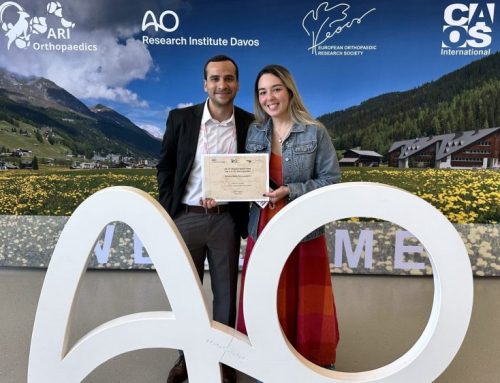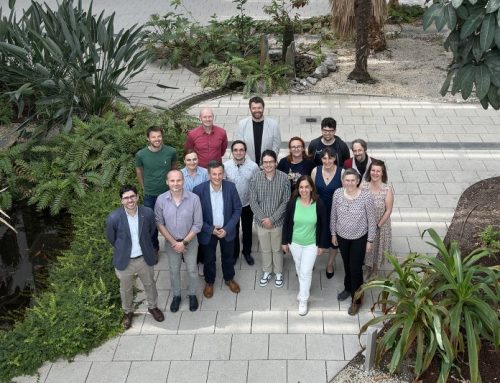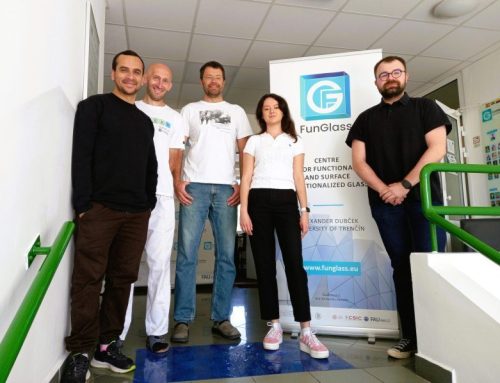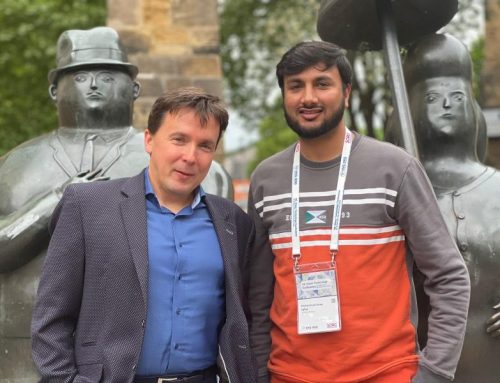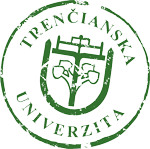Another successful project approved by the Scientific Grant Agency (VEGA)
A project with the title Multi-layered bioglass structures for regenerative medicine prepared by tape casting and lamination, led by Dr. Martin Michálek from the Department of Biomaterials, has been approved for funding by the Scientific Grant Agency of the Ministry of education of the Slovak republic (VEGA).
The proposed project is focused on preparation of three-dimensional (3D) bioglass scaffolds for the second most commonly transplanted tissue worldwide in the human body, which is bone. The tape casting together with stacking gives the possibility of scaffold forming by tailoring dense and porous layers or only porous layers. This approach gives the opportunity of tailoring the final features in anisotropic or isotropic way. As a starting material the 45S5 bioglass powder produced by traditional melting technique is used. Optimisation of tape casting, stacking, burn-out and sintering conditions will be performed with the 45S5 powder. Preparation of layers with defined nominal porosity up to 50 % by incorporation of pore forming agent (PMMA microspheres) will follow. Anisotropic and isotropic 3D scaffold by stacking of dense / porous or only porous layers will be prepared. The number of layers will be known after the first optimisation process, stacking from up to 30 layers is expected.
In the next step, the 45S5 bioglass powder will be doped by three different therapeutic inorganic ions, zinc, strontium or boron, respectively. All three doping agents promote the bone formation. Moreover, Zn is known for its anti-inflammatory effect, Sr helps by treatening osteoporosis and B stimulates RNA synthesis in fibroblast cells. The doped bioglass powders with 4 wt. % of Zn, Sr or B will be compared to the 45S5 reference. The in vitro study of prepared bioglass in simulated body fluid (SBF) will be followed by in vivo testing of the candidate exhibiting highest bioactivity. The scaffolds comprising different layers of undoped and doped glasses will be also prepared and their mechanical and bioactive properties will be compared to the 3D scaffold of undoped 45S5.



